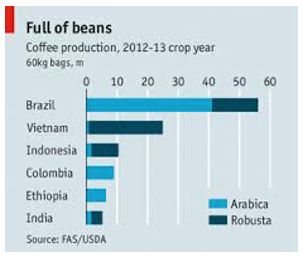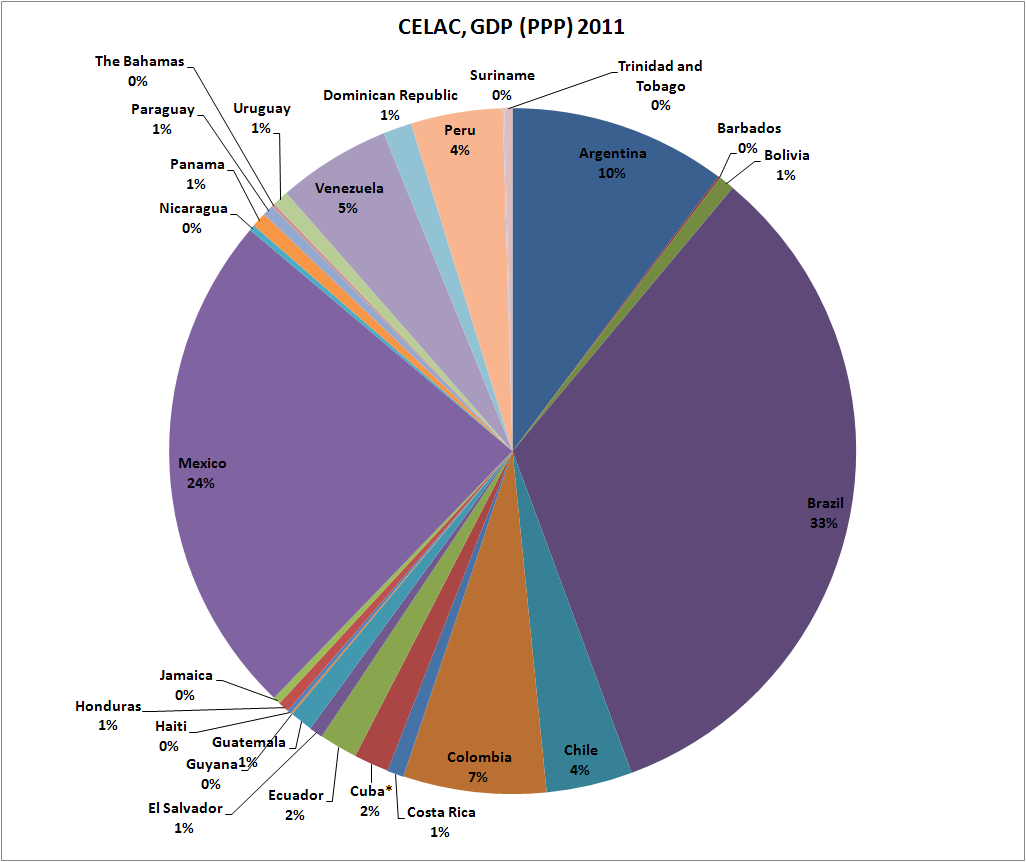Did the import substitution strategy work in Brazil?
Brazil adopted the import substitution strategy after years of trying to develop Brazil and change its economy from that of a developing world to that of a developed country. Alfaro (2002) explains that one of the reasons why Brazil changed strategies was the impact of the Great Depression of 1930. The Great Depression left the nation’s economy on its knees, as it depended wholly on the export of coffee. Many countries stopped importing coffee during the depression. This left Brazil with a lot of coffee, a product that could not do well in the country.
It suffices to mention that the import substitution strategy adopted after the Great Depression allowed the government to invest in its economy. This attracted thousands of foreign investors. The government reduced tariffs because it invested so much in its economy that making an investment in Brazil was one of the best decisions any investor would make. However, the import substitution strategy started to show its flaws after forty years of success.
Brazil faced another major economic threat in the early 1980s (Alfaro, 2002). The inflation rate in the country went up, and the newly developed industrial sector was hard hit. Many investors got wet feet and pulled out because the economy was still young, and the industrial sector was still expanding. The pulling out of the investors put the government in a peculiar position, as it had to take up debts to stabilize the economy. During this period, Brazil recorded the highest debt any developing country has ever had. Apart from this, the country had to devalue its currency, as the figure below shows.

Taking all this into consideration, it is arguable that the import substitute strategy did not work in Brazil. In fact, it made matters worse; the plan covered the problems that the economy had, but the country was left with a stagnant economy and heavy debts when it could not hide anymore.
Can Brazil escape from its problem by strengthening the regional integration initiative called Mercosur?
Mercosur was the regional integration initiative that included Uruguay, Paraguay, Argentina, and Brazil. After numerous failed attempts to grow, Brazil targeted the three other countries and formed trade relationships with them (Alfaro, 2002). Additionally, the relationship helped all the countries involved in their trading powers. Trading as a bloc enabled the four countries to make new relationships with other countries. However, Brazil still had two major economic partners that it needed to connect fully with; the USA and Europe.
After Brazil devalued its currency, it became a burden to the other countries, especially Argentina. Consequently, the Mercosur collapsed. Argentina could not support Brazil, and it’s weaker currency because it was also going through some difficulties. Even though Paraguay and Uruguay had significantly better and developing economies, they were too small to support the economy of the much larger Brazil.
It is crucial to point out that Brazil cannot solve its problems simply by strengthening Mercosur. One reason for this position is that the other regions are not its primary trading partners. Indeed, trading as a bloc has its advantages, but it also limits Brazil’s trade opportunities. As mentioned, the biggest trading partners for Brazil are the USA and Europe. It would, therefore, make more sense for Brazil to strengthen its relationship with these two countries than the other three neighboring countries.
It should be noted that Argentina, Uruguay, and Paraguay are all still developing countries, just like Brazil. Therefore, any financial problems one country experiences will fully affect other countries. This is precisely what led to the failure of the bloc after both Brazil and Argentina registered massive economic problems. Working with developed countries lowers the risk of such experiences. The graphs below show the trading relationships between Brazil, the US, and Europe. The figure shows that Brazil is a good producer of coffee, but the graph is in relation to the trade between Europe and Brazil. It can be noted that Europe takes a lot of coffee beans from Brazil compared to other countries. Thus, strengthening the relationship between Brazil and Europe would be beneficial.

Is regional integration good for developing countries?
Regional integration is excellent for developing countries. Campbell (2011) explains that regional integration in developing countries helps them develop one strong voice. In addition, the countries can bail each other out when they have financial problems. The regional integration in the United Kingdom had a significant role to play in the development of the countries involved. Drawing from the countries in the UK, one can notice that they all have relatively stable economies, which can be attributed to the regional bloc they have created. The figure below shows some regional influences that Brazil experienced. As can be noted, Brazil is very powerful, with a 33% GDP contribution. The other countries in Mercosur could not possibly maintain its economy.

Having said this, it is important to recognize that not all such unions are helpful. As mentioned, the union between Argentina, Paraguay, Brazil, and Uruguay ended. One reason a trading bloc may fail is where the countries involved are not at the same economic level when they make the bloc (Campbell, 2011). In the case of Mercosur, Brazil and Argentina were well off compared to the other two countries. Between Brazil and Argentina, Brazil was more developed.
Therefore, when Brazil faced economic challenges, the other countries also felt the crisis. It did not help that Argentina also started struggling. Indeed, regional integration is good for developing countries. However, as Campbell (2011) observes, rules have to be put in place to ensure that the relationship benefits all the countries involved. The primary matter of concern for the Mercosur was the devaluation of the Brazilian currency. If the entire bloc used the same currency, then this would not have been a problem. Similarly, the countries in the bloc should not just focus on trading as a bloc. There is nothing that limits them from forming individual relationships with other countries. This would act as a backup in case the union does not bear fruit.
Is globalization good for developing countries?
The issue of globalization has been debated over many years. Globalization is the opening of markets to create a global platform for everyone to trade (Srinivasan, 2008). Globalization is good for developing countries. The graph below shows how the world’s GDP has grown since the inception of globalization.

Globalization encourages investors to seek new opportunities that they would not have considered. Companies and organizations from the developed countries take their businesses in developing countries because everyone is allowed to trade anywhere, as long as they follow international trade laws. This gives developing countries several main economic advantages. The first benefit is that the locals get jobs. Many companies that operate on a global scale have to hire locals in order to attract the target market. Having foreigners in a local store will likely push away potential local clients, as they will feel like the store does not target them. In addition, the developing countries benefit as the company pays taxes to the host government.
It is also crucial to point out that new companies will attract other investors (Srinivasan, 2008). These investors could be in the form of competitors who have realized that there is a huge market to explore in the country or individual investors who believe that the presence of many multinational companies shows healthy growth in the economy of the host country. Despite the advantages of globalization, developing countries still hold on to their cultures, which limits the impact of globalization.
References
Alfaro, L. (2002). Brazil: Embracing globalization? Watertown, MA: Harvard Business School Publishing. Web.
Campbell, D. (2011). Mergers and acquisitions in Europe: Selected Issues and jurisdictions issue. Hamburg: Wolters Kluwer. Web.
Srinivasan, R. (2008). International marketing. New Delhi, India: PHI Learning. Web.